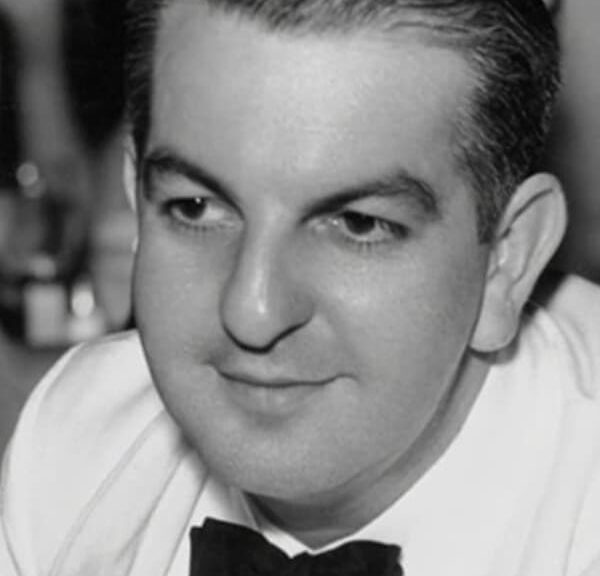ORRY-KELLY was the professional name of Orry George Kelly, an Australian-American Hollywood costume designer who died on this date (b: 1897); Until being overtaken by Catherine Martin in 2014, he was Australia’s most prolific Oscar winner, having won three Academy Awards for Best Costume Design.
Orry-Kelly journeyed to New York City to pursue an acting career and shared an apartment in Greenwich Village with Charles Phelps (also known as Charlie Spangles) and Cary Grant, with whom, he wrote, he had an on-again, off-again relationship until the 1930s. A job painting murals in a nightclub led to his employment by Fox East Coast studios illustrating titles. He designed costumes and sets for Broadway’s Shubert Revues and George White’s Scandals. He served with the United States Army Air Corps during World War II until being discharged for alcohol problems.
After moving to Hollywood in 1932, Orry-Kelly was hired by Warner Bros. as their chief costume designer and he remained there until 1944. He was encouraged to hyphenate his name for film credits in order to appear more exotic. Later, his designs were also seen in films at Universal, RKO, 20th Century Fox, and MGM studios. He won three Academy Awards for Best Costume Design (for An American in Paris, Les Girls, and Some Like It Hot) and was nominated for a fourth (for Gypsy). In addition to his film work he was also a portrait artist and was permitted to undertake private commissions for gowns and ready to wear dresses.
Orry-Kelly worked on many films now considered classics, including 42nd Street, The Maltese Falcon, Casablanca, Arsenic and Old Lace, Harvey, Oklahoma!, Auntie Mame, and Some Like It Hot. He designed for all the great actresses of the day, including Bette Davis, Kay Francis, Ruth Chatterton, Marilyn Monroe, Olivia de Havilland, Katharine Hepburn, Dolores del Río, Ava Gardner, Ann Sheridan, Barbara Stanwyck, and Merle Oberon.
Orry-Kelly was known for his ability to “design for distraction” to compensate for difficult figure shapes. When Orry-Kelly was first assigned to films with Kay Francis they would dissect her parts. She would be dressed in opposition to the role, with the traditional femme fatale or manipulative character in frills and the honest heroine in a tailored, classic suit. Orry-Kelly would apply this aesthetic in the creation of gowns for a number of Bette Davis’s characters as well.
Orry-Kelly also had the job of creating clothes for the cross-dressing characters played by Tony Curtis and Jack Lemmon in Some Like It Hot. His skill is shown by the fact that while Some Like It Hot was in production, Curtis and Lemmon would go into the ladies’ room after eating lunch without being spotted as men. He wrote that when he finished draping Dolores del Río in white jersey, “she became a Greek goddess … she was incredibly beautiful”. The elegant clothes he designed for Bergman’s character in Casablanca have been described as “pitch perfect”.
In addition to designing, Kelly wrote a column, “Hollywood Fashion Parade”, for the International News Service, owned by William Randolph Hearst, during the years of World War II. Kelly’s memoirs, entitled Women I’ve Undressed were discovered in the care of a relative, as a result of publicity surrounding Gillian Armstrong’s 2015 documentary on Kelly, Women He’s Undressed. The memoir was published for the first time in 2015.
A longtime alcoholic, Orry-Kelly died of liver cancer in Hollywood in 1964 at the age of 66 and was interred in the Forest Lawn Memorial Park, Hollywood Hills. His pallbearers included Cary Grant, Tony Curtis, Billy Wilder and George Cukor and his eulogy was read by Jack L. Warner. He had no living relatives when he died so his personal effects and Academy Awards were stored by Ann Warner, wife of his friend and former boss, Jack. The Oscars were among the items in an exhibition entitled Orry-Kelly: Dressing Hollywood, at the Australian Centre for the Moving Image in August 2015.
